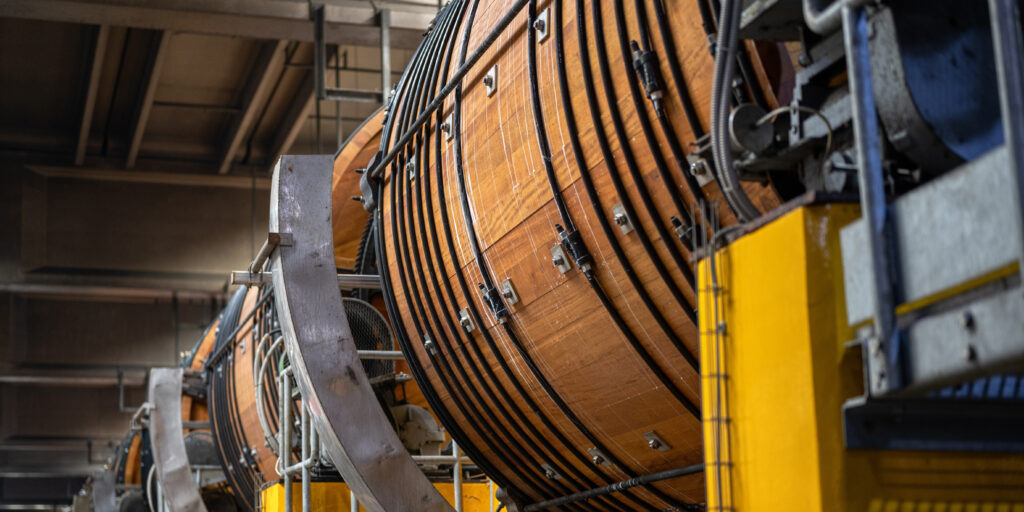05 Apr 2023
【D&A Knowledge Hub】Is Leather Sustainable?
April 5, 2023

The sustainability of leather has been a hot topic in the fashion industry in recent years, and consumers pay more and more attention to environmental and ethical issues. In the face of the controversial nature of leather, the rise of alternative materials, from mushroom leather to pineapple and cactus leather, has been the subject of much debate. However, many “vegan leathers” are still in their infancy. They are artificial synthetic leather whose sustainability still needs further verification.
Leather Sustainability Criteria
How should sustainability criteria be defined in the leather industry? UNIDO’s 2019 Framework for Sustainable Leather Manufacture’ report defines the following areas of focus when considering leather sustainability:
1.Resources (hides/skins, chemicals, water, energy)
2.Emissions generated during the production process (solid, liquid and gaseous wastes)
3.Quality and appeal of the final product, durability
4.Product use after end-of life
Leather as By-product

Although environmentalists often consider leather as an non-animal-friendly material, there is no doubt that raw hides and skins are indeed a by-product of the meat industry, and if not utilized, most of these materials end up as landfill. Hence, leather is, therefore, a sustainable product.
Moreover, the raw hides and skins which are considered no value are being used to make leather, in that sense, it uses a by-product from another industry, so it doesn’t need additional land and resources.
Leather Durability and Product Life

The durability and lifespan of a material have an important part to play in sustainability, as durable products will help reduce the number of items people need and can be reused multiple times. As one of the oldest known materials, leather is an important material in the footwear, leather goods, furniture, and automotive industries, due to its specific durable characteristics.
Furthermore, compared with other leather alternatives such as vegan leather, leather can be repaired to prolong its life cycle after it is old and damaged, while artificial leather is difficult to repair and refurbish once it ages and bursts.
Upgraded Manufacturing Process

Conventional leather is heavily criticized for the environmental impact of the tanning process. Like other industries, the leather industry also uses innovative environmentally friendly chemicals and processes in response to the requirements of the times in the process of development. With the right chemicals and innovations, the leather industry can take huge steps in minimizing its footprint and making steps towards a circular economy.
Regulations & Standards

The leather industry is a highly regulated industry with responsible value chain partners manufacturing leather under tightly controlled auditing programs that are supportive to raise the standard of modern leather manufacturing. Fashion brands increasingly source leather from leather manufacturers audited according to these standards and increasingly demand them to use chemicals that are certified according to the ZDHC levels. The growing importance of these standards is crucial for the leather industry to ensure that brands, designers and consumers value leather as a sustainable and unique material.
Source:
https://www.vogue.com.cn/invogue/industry/news_1614d06011c93ec0.html
https://www.chinaleather.org/front/article/114699/4
https://www.leatherworkinggroup.com/news-events/news/what-is-sustainable-leather-/
https://www.smitzoon.com/en/leather-sustainability/

